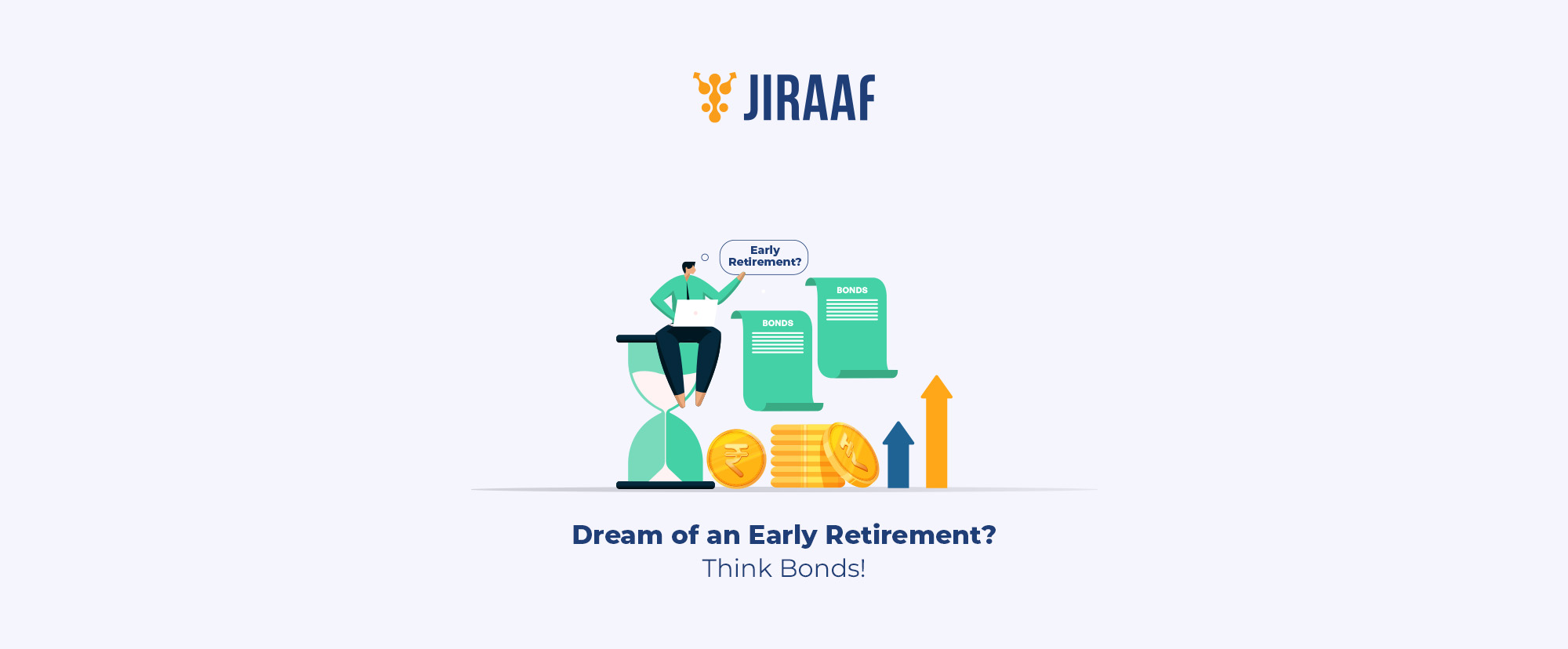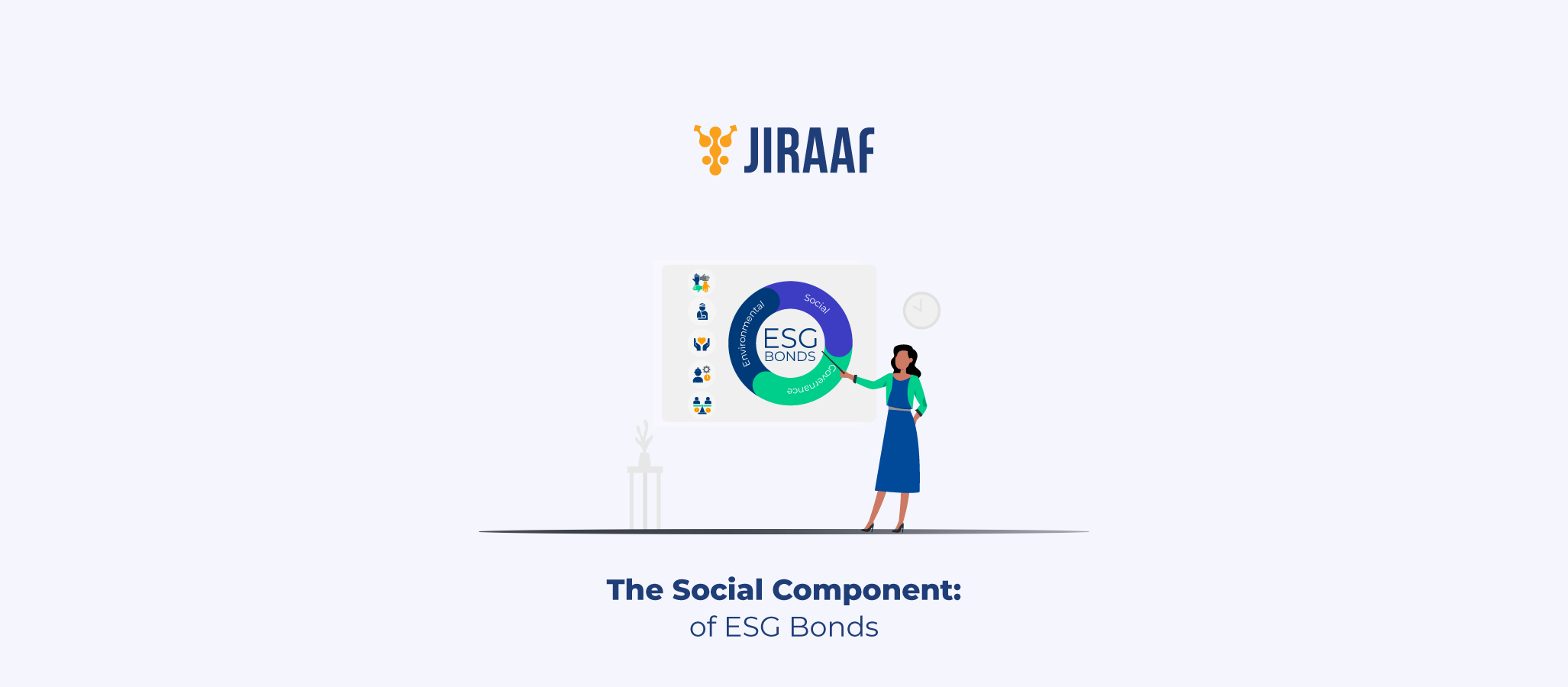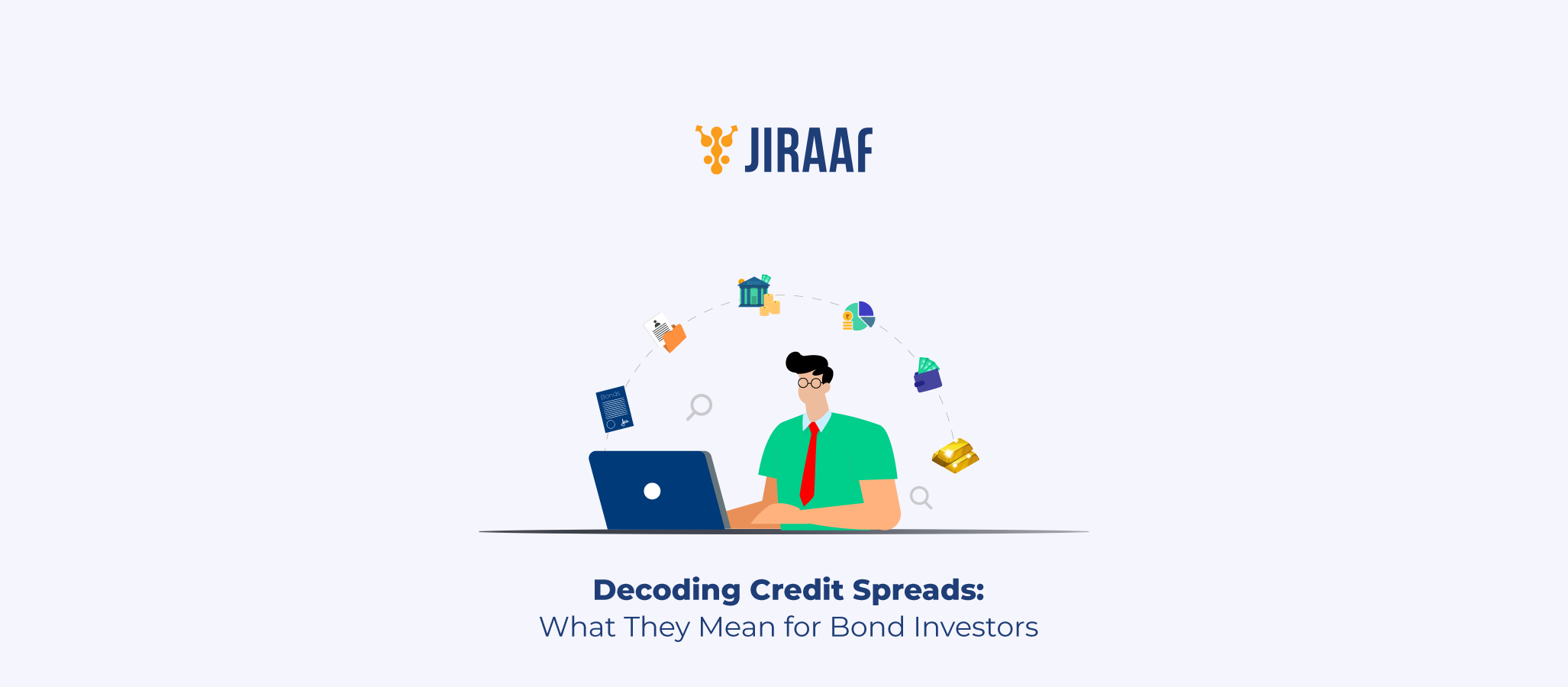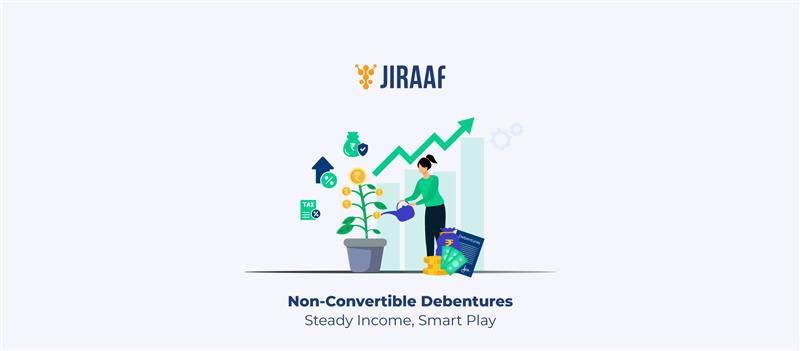Imagine waking up one day, free from the constraints of a nine-to-five job, with the liberty to pursue your passions, travel the world, or simply enjoy the slow pace of life. Early retirement is a dream that many aspire to but few achieve. It’s not just about stepping away from work; it’s about ensuring financial independence while living the life you’ve envisioned. Early retirement is no longer a far-fetched dream but a goal within reach, thanks to strategic financial planning. However, achieving it requires more than just ambition; it demands a reliable source of income that can sustain your lifestyle for decades without eroding your savings.
This is where fixed-income investments step in as a powerful ally. They offer stability, predictable cash flows, and lower risk compared to equities, making them an essential part of your financial toolkit. Especially in the Indian context, where traditional saving habits align with the concept of predictable returns, fixed-income instruments like bonds, public provident funds, and fixed deposits can become the bedrock of your early retirement strategy.
Let’s dive deep into how fixed-income investments can pave the way for financial independence, and explore various options available in India, to accelerate your journey toward early retirement.
The Role of Fixed-Income Investments in Early Retirement
Early retirement is an exciting goal, but it comes with unique financial challenges. Chief among them is ensuring your savings generate enough income to sustain your lifestyle while remaining secure against capital market uncertainties. Fixed-income investments shine in this regard, offering a blend of safety, security, and growth to provide a solid foundation for your financial future.
These instruments deliver predictable returns, making them especially attractive for early retirees who can’t afford the volatility of equity markets. Fixed-income investments prioritize capital preservation while ensuring steady cash flows, helping you meet expenses without depleting your savings.
But safety doesn’t mean sacrificing growth. Strategic choices in fixed-income investments can offer competitive returns. For instance, corporate bonds and tax-free bonds often provide higher yields than traditional options like fixed deposits. In the Indian context, trusted tools like Public Provident Funds (PPF), National Savings Certificates (NSC), and Sovereign Gold Bonds (SGBs) offer government-backed security alongside consistent returns.
By integrating fixed-income investments into your portfolio, you can create a dependable income stream while safeguarding your wealth. In fact, incorporating the right fixed-income assets can enable you to take more risks with your equity exposure, boosting further growth. They ensure that you can enjoy early retirement with financial peace of mind.
Key Fixed-income Instruments for Early Retirement
1. Public Provident Fund (PPF)
PPF is a household favorite in India, and for good reason. It’s a government-backed savings scheme offering a high degree of safety alongside attractive, tax-free returns.
- Interest Rates: The PPF’s interest rate is revised quarterly by the government. It has historically ranged between 7% and 8%, making it one of the best fixed-income options available. The compounding effect over 15 years makes it a strong choice for long-term wealth creation.
- Tenure and Flexibility: The 15-year lock-in period might seem long, but partial withdrawals are allowed after the sixth year. This flexibility can be useful for early retirees who need to manage liquidity while keeping a portion of their savings secure.
- Tax Benefits: Contributions to PPF qualify for tax deductions under Section 80C, and the maturity proceeds are tax-free, providing triple tax benefits—making it one of the most tax-efficient investment options available.
2. National Savings Certificate (NSC)
The NSC is another reliable option for those seeking secure, fixed returns over the medium term.
- Guaranteed Returns: The NSC’s fixed interest rate—currently around 7.7%—is compounded annually but paid at maturity. The reinvestment of interest ensures your money works harder for you over time.
- Tax Efficiency: Investments qualify for tax deductions under Section 80C, and the interest earned is reinvested, making it tax-deferred until maturity. This ensures that the full potential of compounding is realized.
- Tenure: With a five-year lock-in period, NSCs strike a balance between long-term growth and accessibility, which can be particularly useful for early retirees looking for mid-term liquidity.
3. Fixed Deposits (FDs)
Fixed deposits are the go-to option for risk-averse investors looking for predictable returns.
- Customizable Tenures: FDs offer flexible durations, from a few months to several years, allowing retirees to plan their cash flows efficiently based on short- and medium-term needs.
- Interest Rates: Rates vary across banks but typically range between 6% and 8% annually. Senior citizens often enjoy higher rates, adding extra value to their investments.
- Safety: Deposits up to ₹5 lakh per bank are insured under the Deposit Insurance and Credit Guarantee Corporation (DICGC), providing an additional layer of security. This makes them a reliable choice for conservative investors.
4. Sovereign Gold Bonds (SGBs)
Gold has always been a trusted investment in India, and SGBs bring a modern twist to this tradition. Issued by the Reserve Bank of India, SGBs combine gold’s capital appreciation potential with fixed interest income.
- Dual Benefits: SGBs offer a fixed 2.5% annual interest, paid semi-annually, in addition to price appreciation linked to gold. This combination of income and growth potential makes SGBs a unique investment vehicle.
- Tax Advantages: Capital gains on redemption are tax-exempt, and there’s no GST or making charges, unlike physical gold, making them a more cost-effective alternative.
- Current Status: As of December 2024, the continuation of the SGB scheme is uncertain. No fresh issuances have been announced in the fiscal year 2024–25, sparking speculation about its future. However, for existing bondholders, all benefits remain intact, ensuring their investment remains as secure and beneficial as before.
SGBs are ideal for early retirees seeking inflation protection and steady income. Their long tenure and government backing ensure both stability and growth, making them a valuable addition to a diversified portfolio.
5. Bonds
When planning for early retirement, bonds are a powerful tool that can help you achieve financial security. They offer a balanced approach to investment, combining steady income with relative safety. Bonds provide attractive fixed interest payments, known as coupons, which make them an excellent choice for those seeking predictable cash flows. Additionally, bonds help preserve your invested capital, ensuring that your wealth remains intact even as it generates income.
Unlike other fixed-income options, bonds come in various forms, offering flexibility to suit diverse financial needs and goals. From risk-free government bonds to high-yield corporate bonds, there’s a bond for every type of investor. By including bonds in your retirement portfolio, you can achieve a mix of stability, liquidity, and growth potential, making them a cornerstone of your fixed-income strategy.
Types of Bonds in India
1. Government Bonds:
- These bonds are issued by the Government of India and are considered one of the safest investment options. Since they are backed by the government, the risk of default is almost negligible.
- Government bonds come with varying tenures, from short-term treasury bills to long-term securities extending up to 40 years.
- They provide fixed, predictable interest payments, which make them an excellent choice for conservative investors who prioritize safety over returns.
2. Corporate Bonds:
- Corporate bonds are issued by companies to raise capital, and they offer higher returns compared to government bonds. The yield depends on the credit rating of the issuing company, with higher-rated bonds offering moderate returns and lower-rated bonds providing higher yields at correspondingly increased risk.
- These bonds are available across different sectors, allowing investors to diversify within the bond market.
- The tenure of corporate bonds varies widely, enabling you to align them with your financial goals—whether short-term liquidity or long-term income.
3. Tax-Free Bonds:
- Issued by government-backed entities such as municipal corporations or infrastructure companies, these bonds offer tax-exempt interest income under Section 10 of the Income Tax Act.
- While the returns may be slightly lower compared to taxable bonds, the tax exemption often results in higher effective yields for investors in higher tax brackets.
- These bonds generally come with long tenures, making them suitable for wealth preservation and steady income during retirement.
4. Infrastructure Bonds:
- Infrastructure bonds are issued to finance large-scale infrastructure projects. They are often eligible for tax deductions under Section 80CCF of the Income Tax Act.
- These bonds typically have a lock-in period of five years, making them a medium-term investment option with the added benefit of tax savings.
- They also contribute to nation-building, giving investors a sense of participation in economic development.
Why Corporate Bonds Shine for Early Retirement
Corporate bonds, in particular, stand out as a top choice for those planning early retirement. They offer a unique combination of higher returns and relative safety, making them an attractive option for investors seeking to accelerate wealth creation without exposing themselves to excessive risk.
- Higher Yields: Corporate bonds often provide 2–3% higher yields compared to government bonds or fixed deposits. This higher return potential can significantly boost your retirement corpus over time.
- Credit Ratings for Risk Assessment: These bonds come with credit ratings assigned by rating agencies like CRISIL CARE, and ICRA, allowing you to assess the creditworthiness of the issuer. AAA-rated bonds are the safest, while lower-rated bonds offer higher returns with increased risk.
- Liquidity: Many corporate bonds are listed on stock exchanges, making it easy for investors to buy and sell them as needed. This liquidity is particularly useful for retirees who might require access to funds in emergencies.
- Customization Options: Corporate bonds are available in a variety of tenures, from one year to over a decade, giving you the flexibility to align investments with your financial goals.
By incorporating corporate bonds into your portfolio, you can create a steady income stream while taking advantage of better returns, ultimately helping you retire earlier and with greater financial confidence.
How to Choose the Right Corporate Bonds
Choosing the right corporate bonds can seem daunting, but it doesn’t have to be. With a little research and a clear understanding of your financial goals, you can unlock the potential of these high-yield instruments. From assessing credit ratings to matching bond tenures with your retirement timeline, making informed decisions can significantly boost your portfolio’s performance while managing risk effectively. Here’s how to approach the process with confidence.
1. Check Credit Ratings:
- AAA-rated bonds are safest but offer lower yields.
- Lower-rated bonds may offer higher returns but come with increased risk.
2. Understand the Issuer’s Financial Health:
- Analyze the company’s financial stability and debt levels.
3. Consider Market Conditions:
- Rising interest rates could negatively impact bond prices.
4. Match Tenure with Goals:
- Opt for short-term bonds if retirement is within five years.
- Long-term bonds suit those planning retirement in a decade or more.
How to Build a Fixed-Income Portfolio
To maximize the benefits of fixed-income investments, it’s important to adopt a diversified approach. Here’s how you can structure your portfolio for early retirement:
- Mix Your Investments Judiciously: Striking the right balance between instruments like PPF, NSCs, FDs, and bonds is essential. Each serves a unique purpose—PPF and NSCs offer long-term tax-efficient growth, FDs provide liquidity, and bonds deliver higher yields. A well-thought-out combination ensures both stability and growth in your portfolio.
- Align Investments with Goals: Use short-term bonds for immediate needs and long-term bonds for wealth creation and preservation.
- Allocation Based on Risk Tolerance:
- Risk-averse investors can focus on government bonds and fixed deposits.
- Those comfortable with moderate risk can add more corporate bonds.
- Bond Laddering: Spread your investments across bonds with varying maturities to ensure a steady cash flow and minimize reinvestment risk.
- Diversification Across Credit Ratings: Include a mix of AAA-rated bonds for safety and lower-rated, higher-yield bonds for better returns.
- Reinvesting Income: Reinvest coupon payments to benefit from compounding and grow your corpus faster.
A Little Bit of Advice You Might Find Useful
If you’re planning to incorporate corporate bonds into your early retirement strategy, keep the following in mind:
- Look at Reliable Platforms: Check out the various SEBI-registered platforms. They make it easy to find well-curated corporate bond options that suit your risk and return preferences.
- Start Early: The sooner you start investing, the more time your money has to benefit from compounding. Starting early can help you build a substantial corpus over time.
- Stay Updated: Keep an eye on market trends and monitor the performance of your bonds. Regular reviews ensure you can adjust your portfolio to align with your evolving financial goals.
Conclusion: Your Roadmap to Early Retirement
Early retirement isn’t just about building wealth—it’s about ensuring financial security while enjoying the fruits of your labor. Fixed-income investments, with their stability and predictability, form the cornerstone of any early retirement strategy. While traditional instruments like PPF, NSCs and FDs provide safety, bonds—especially corporate bonds—offer the potential for higher returns, making them indispensable for those aiming to fast-track their journey.
By understanding the nuances of each fixed-income option and building a diversified portfolio, you can create a robust financial plan that ensures steady income and peace of mind. Start today, and let your investments pave the way for a fulfilling, stress-free early retirement.
Discover fixed income investments with Jiraaf, a SEBI registered online bonds platform that educates and brings access to a wide array of bonds. Sign up today to explore diversified fixed income investment opportunities to support your goal-based wealth creation journey. Start investing!




